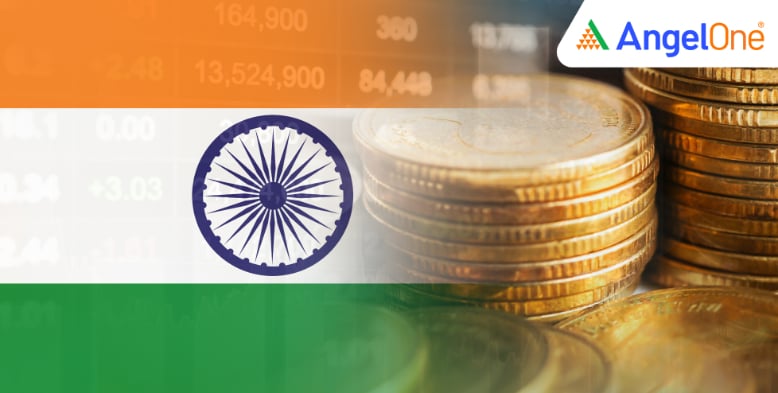
India and the European Union (EU) are in the last and most challenging phase of their ongoing Free Trade Agreement (FTA) negotiations. Both sides recently concluded the 14th round of talks in Brussels, while some Indian negotiators stayed behind to continue discussions on key issues, including rules of origin (ROO).
ROO defines the minimum level of processing required for a product to be considered as originating from a particular country. The focus on ROO is central to ensuring clear guidelines for trade benefits under the agreement.
Negotiating teams are expected to meet over a two-week period to make substantial progress. Virtual engagements are also ongoing, even as the next physical round of talks is yet to be scheduled.
India anticipates a visit from the EU trade delegation in November. Both sides aim to conclude the FTA within 2025, following progress made in previous negotiation rounds.
The FTA talks are expected to enhance India’s export potential for labour-intensive goods, while the EU seeks improved access for automobiles, liquor, and other products in the Indian market.
Earlier rounds have seen discussions on market access, tariffs, non-tariff barriers, intellectual property rights, government procurement, technical barriers, and sanitary and phytosanitary measures. The possibility of an early harvest deal is also being explored, covering select sectors for faster implementation.
Negotiations span 23 policy areas, including trade in goods, trade in services, investment, trade remedies, competition, government procurement, dispute settlement, intellectual property rights, geographical indications, and sustainable development. Achieving agreement across these chapters will streamline trade and investment between India and the EU.
India and the EU resumed comprehensive FTA talks in June 2022 after a gap of over 8 years, following stalled discussions in 2013. By the 13th round, over 65% of the negotiation chapters had been finalised.
The two-stage approach also includes a bilateral investment protection agreement and recognition of geographical indications, along with duty reductions on key products like automobiles and medical devices.
India’s bilateral trade in goods with the EU reached $136.53 billion in 2024-25, with exports worth $75.85 billion and imports of $60.68 billion. The EU accounts for approximately 17% of India’s total exports, while Indian imports from the bloc represent 9% of its overseas shipments.
Trade in services between the two partners is estimated at $51.45 billion. The FTA, once finalised, could make Indian goods such as ready-made garments, pharmaceuticals, steel, petroleum products, and electrical machinery more competitive in European markets.
Read More:India–EU trade talks begin in Brussels to finalise the FTA by December 2025
The concluding phase of the India-EU FTA negotiations represents a strategic opportunity to strengthen bilateral trade, simplify investment processes, and create more favourable market access for both sides. With continued discussions on ROO and other critical issues, both India and the EU are aiming for a comprehensive agreement that balances trade, investment, and regulatory frameworks.
Disclaimer: This blog has been written exclusively for educational purposes. The securities mentioned are only examples and not recommendations. This does not constitute a personal recommendation/investment advice. It does not aim to influence any individual or entity to make investment decisions. Recipients should conduct their own research and assessments to form an independent opinion about investment decisions.
Investments in the securities market are subject to market risks. Read all the related documents carefully before investing.
Published on: Oct 16, 2025, 11:43 AM IST

Suraj Uday Singh
Suraj Uday Singh is a skilled financial content writer with 3+ years of experience. At Angel One, he excels in simplifying financial concepts. Previously, he cultivated his expertise at a leading mortgage lending firm and a prominent e-commerce platform, mastering consumer-focused and engaging content strategies.
Know MoreWe're Live on WhatsApp! Join our channel for market insights & updates